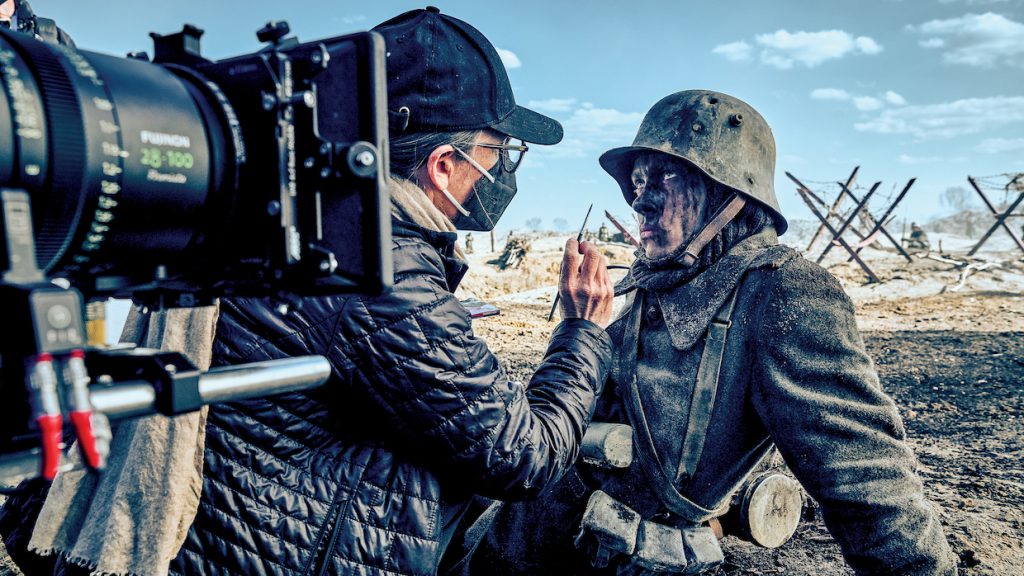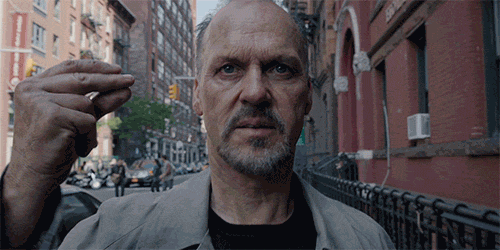While the acting and Best Picture awards typically dominate the buzz and conversation leading up to the Academy Awards, the cinematography category often has — quite literally — the showiest nominees. While typically, the director has a say in how a film will look, as well as how specific shots will be laid out, the director of photography is usually the one tasked with creating this look.
Lighting, camera angles, camera movement, focus, and depth of field are just some of the choices a film’s cinematographer will make, with or without the director’s input. They will also have a say in the types of film stock and camera equipment used on set. All of these decisions culminate in a film’s final look, which is why it’s the director of photographer who will take home the Oscar when a film wins the Academy Award for Best Cinematography.
The Best Films for Cinematography: Looking at Past Academy Award Winners
While all of the nominees made the shortlist because of their unique, harrowing, complex, or gorgeous looks, here are just some of our favorite wins from the past decade.
All Quiet on the Western Front, James Friend
All Quiet on the Western Front traces the journey of a young German soldier in World War I, eager to engage in the conflict, only to confront profound distress on the brutal front lines. At the 2023 Academy Awards, All Quiet on the Western Front won the second-highest amount of awards, following Everything Everywhere All At Once, which won Best Picture.

Friend, who is an NYFA alum, has worked on the cinematography for high-profile television series like Victoria (2016), Patrick Melrose (2018), the recent Disney+ series Willow, and Your Honor (2020). Friend won his first BAFTA in 2017 for the British series Rillington Place (2016) and joined the British Society of Cinematographers in 2013 and the American Society of Cinematographers in 2019.
Image via Backstage.
Life of Pi, Claudio Miranda
Ang Lee adapted the novel Life of Pi and perfectly captured its otherworldly tale of a young man trapped in the middle of an ocean with a tiger. The movie is bright, colorful, and larger than life. In addition to taking place mostly on water, it incorporates magical islands and neon-infused skies, making it one of those films that should be illegal to watch on your phone.
This deserves the 4K widescreen TV treatment, at the least. No wonder it beat out cinematography legend Roger Deakins’s outstanding work on the James Bond smash hit Skyfall, as well as the other nominees in 2013. The film also starred NYFA alum Vibish Sivakumar, who plays the role of 18-year-old Ravi Patel.
La La Land, Linus Sandgren
Another colorful entry in this list is 2016’s La La Land, though the backdrop was less ocean fantasy and more theatrically artificial Los Angeles. But by combining traditional filmmaking techniques with modern sensibilities, Sandgren put the audience in the world of writer/director Damien Chazelle’s making. La La Land earned multiple nominations and was a certified hit that left smiles on many faces.
Gravity, Emmanuel Lubezki
With nearly the entire action thriller in space, you’d think there wouldn’t be much to shoot outside of star Sandra Bullock in an astronaut suit — but that’s partly why Lubezki’s work on Alfonso Cuarón’s Gravity is so impressive. Using outer space as negative space, Lubezki captured loneliness and isolation on levels rarely seen in cinema.

Conversely, by using the bright blue Earth as a massive, larger-than-life backdrop in certain shots, the film never lost its sense of place, even as Bullock drifted aimlessly into a black nothingness.
Birdman, Emmanuel Lubezki
Lubezki won a second consecutive Oscar for his work on Alejandro González Iñárritu’s Birdman, a film comprised of several long, complicated takes edited together to look like a single, continuous shot.

This technique was used to some extent in Lubezki’s previous film Gravity, as well as Children of Men. Still, it was here where he mastered the technique, transforming it from a mere gimmick into a statement about acting, theatre, and filmmaking in itself.
The Revenant, Emmanuel Lubezki
Emmanuel Lubezki appears frequently on this list because he became the first to win three Academy Awards for Best Cinematography in a row, a distinction that shows just how brilliant he is behind the camera. His third win came for The Revenant, again directed by Alejandro González Iñárritu and filled with seemingly endless one-shots. Even more impressive was that The Revenant used only natural lighting and was shot nearly entirely outside in the wilderness on very cold days. Despite this, or perhaps because of it, The Revenant is one of the most gorgeous-looking films of the last decade.
Build Cinematography Skills at NYFA
Interested in studying cinematography and honing your own skills in the craft of visual storytelling? Check out New York Film Academy’s cinematography programs, or explore classes filmmaking, acting, and more. Request additional info today!